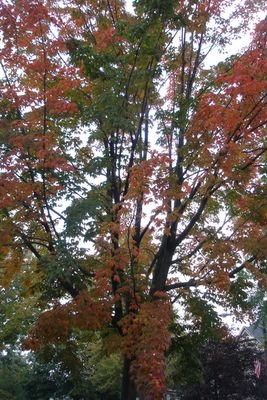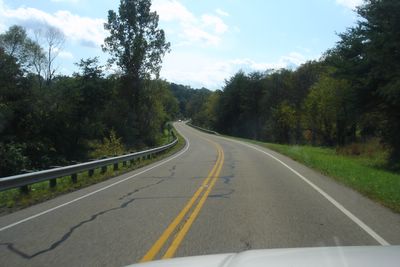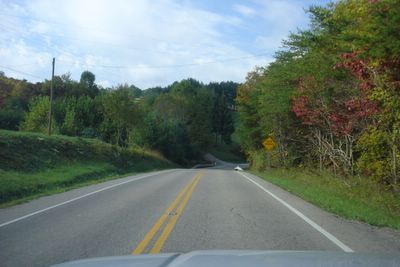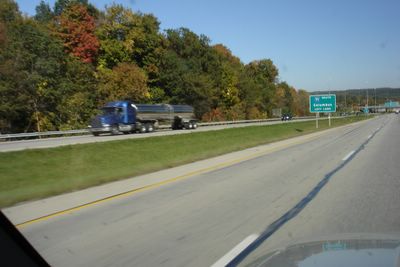Today, I went home for lunch. 10 minutes after coming home, the wind started howling, and a snow flurry was the outcome.
 10 minutes after that, the sun was out and the snow was gone. I don't know if snow on October 12 is early or not for Ohio, but it sure was an exciting event!!
10 minutes after that, the sun was out and the snow was gone. I don't know if snow on October 12 is early or not for Ohio, but it sure was an exciting event!!














